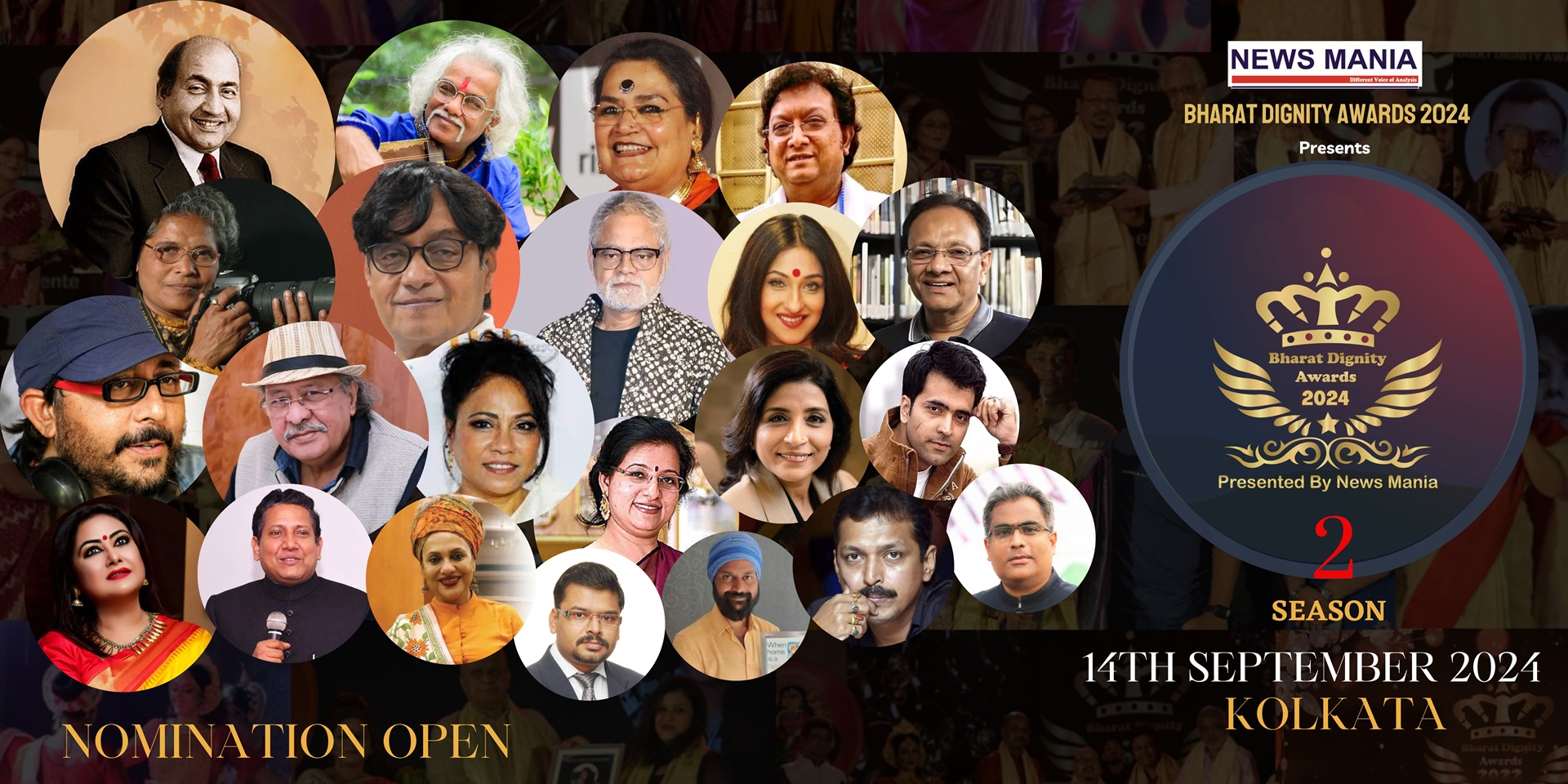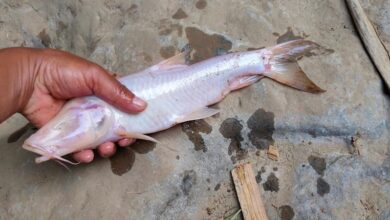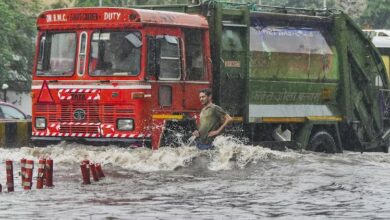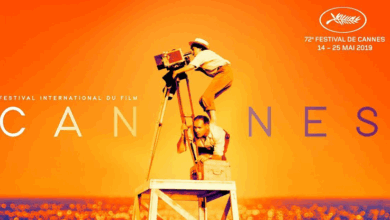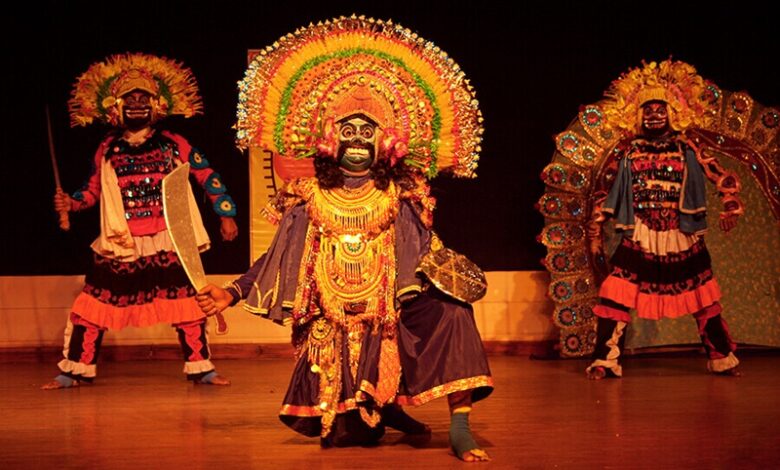
The folk theatre in Bengal developed from the communal spirit that has been present in rural Bengal since prior to the sixteenth century. Genres like Panchaligaan (oral narratives or ballad songs) and Kathakata (narrative) are viewed as the forerunners of contemporary folk theatre in Bengal. The Panchaligaan and the Kathakata primarily emphasize religious themes and mythological narratives, although over time, other socially and culturally significant themes and topics have also gained attention. The main goal of these folk forms, besides entertaining and educating the public, was to clarify and then teach through religious texts.
Songs have been a central feature of folk theatre in Bengal, and regardless of the topic and narrative of a specific performance, it is conveyed and advanced by songs along with sharp and theatrical dialogue and delivery. Folk theater shows typically take place during religious celebrations to honor deities. In these performances, there is typically one narrator who often embodies several characters, leading to various voices and perspectives (akin to the contemporary one-man show).
Through songs and music, these performers from the village can elevate their storytelling to a dramatic level. Bengal has a variety of folk theatre forms, many of which remain significant today. Gambhira (also known as Gambhira-gaanor naach) is a famous type of Bengali folk theater highly regarded in the Malda district of West Bengal. Gambhira extends as far as the Dinajpur and Murshidabad districts, which are situated to the north and south of the Malda districts, respectively. It is closely associated with the Hindu celebrations of Gajanand Charak, which honor Lord Shiva.
These celebrations typically take place on the final day of Chaitra (in April before the Bengali New Year or Poila Boishak). Gambhira performances typically feature two performers, one of whom often plays the part of the village or community Elder. The performance unfolds through a conversation between the two, typically via song (and via dance in the case of Gambhiranaach). Gambhira performers not only put on their costumes independently but also apply their own makeup. The Gambhira performance typically starts with a concert featuring various musical instruments, followed by an introduction called Mukhopad, where the performers and characters present themselves. The Mukhopadis are succeeded by the Bandana or salutation in which Lord Shiva, also referred to as Mahadev, makes an appearance as a tribute to the Gajanand Charak festivals. Mahadev is called “nana” and symbolizes the feudal lord (historically) and the government (currently). The other artists, symbolizing the impoverished common people, typically wear dirty dhoti-s and rags. Duets sung by a male and a female (typically portrayed by another male) or Charyari (a performance featuring four characters) come after the Bandana. The most talented actor often represents and vocalizes the sentiments of the general public or the marginalized.
The Gambhira typically concludes with a Report that summarizes all the important incidents that occurred in a specific year. These typically involve incidents that hold national significance. The Gambhira-gaan language blends several languages from West Bengal and adjacent states, such as Bengali, Maithili, Hindi, Rajbanshi, Palia, along with dialects from the Barind region (formerly Varendra). Gambhira genuinely embodies the spirit of the times – revealing the harsh reality (hidden behind humor) that shapes the existence of the everyday working individuals of Bengal. Today’s Gambhira-gaan is secular and can occur at any time throughout the year, unrelated to the four-day Gambhira festival that took place during the Gajanand Charak festivals.
Domni or Domni-gaan is a traditional theatrical style favored in the border region of West Bengal and Bihar, particularly in the Diara, Ratua, and Manikchak locales of Malda district. Similar to various other Bengali folk theatre forms, Domni features men (known as chakra-s or sokra-s) playing the roles of female characters. Domni performances are filled with music, dance, and conversation. Nonetheless, due to the language being the local conversational dialect and unintelligible to outsiders, Domni has stayed confined to the Diara region and is close to extinction. The Diara region experiences a New Year celebration (also known as the Sirua festival). At this time, the Domni performance troupes visit wealthy homes and gather fees to get ready for public outdoor Domni shows. The majority of Domni performances start with the Bandanawhich, which first honors the deities and subsequently the hosts. The chokra-s, disguised as women, perform a Lachari or a Nachari dance.
The Bengali folk theatre despite being a secular space does not go into deep philosophy or theory. It is a representative of the lives, thoughts, and problems of the common people of rural Bengal. Most of these folk theatre forms and the festivals which are associated with them are participated in, viewed, and celebrated by Hindus and Muslims alike without any kind of communal or religious bias.


